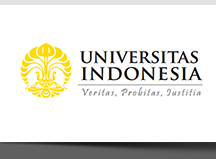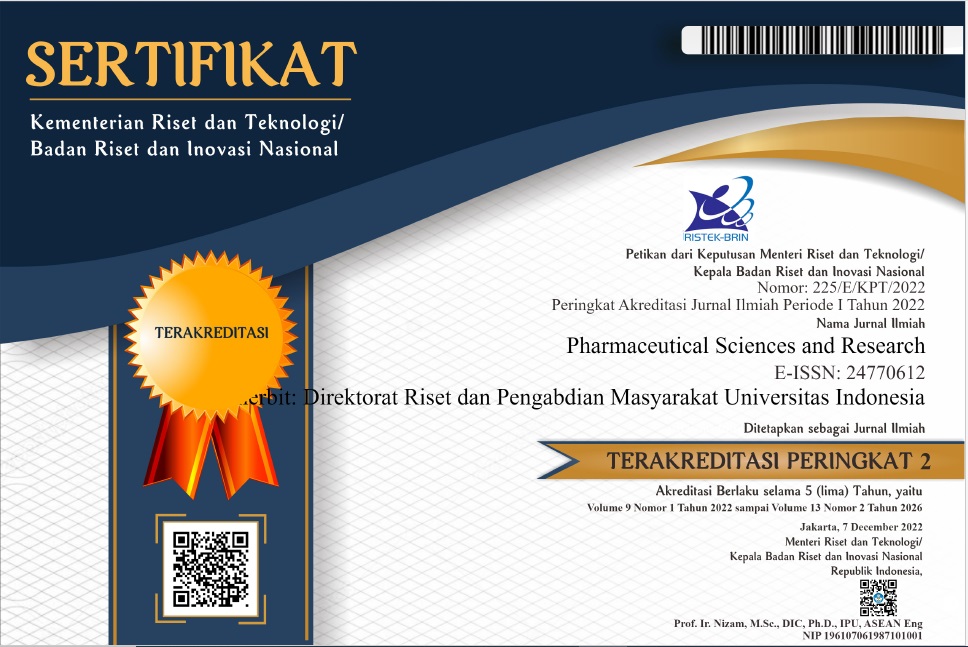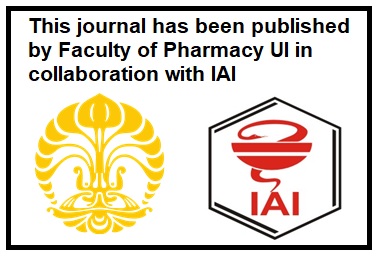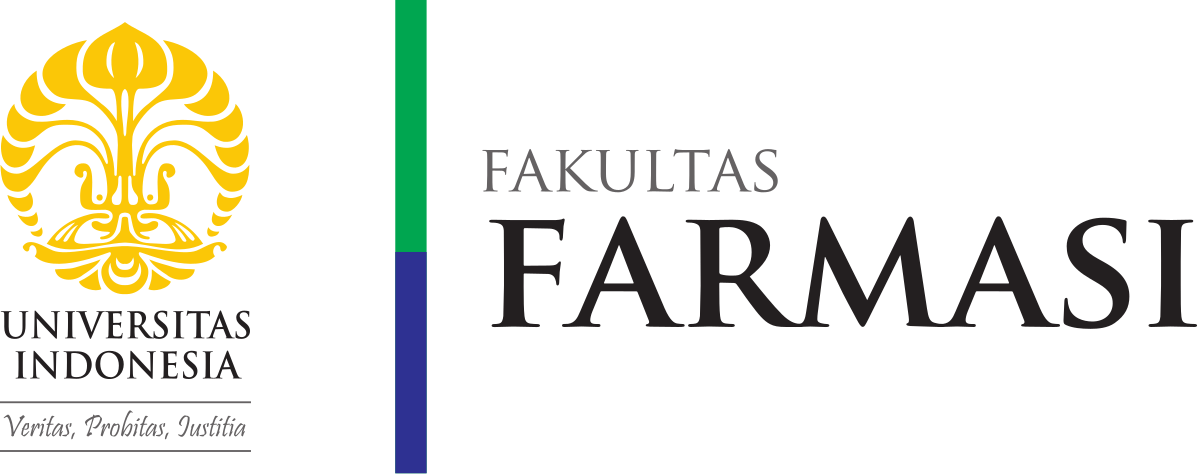Abstract
Ki hampelas (Sterculia rubiginosa Zoll. Ex Miq.) is traditionally used as an antiasthma. It also reported has antioxidant and nephroprotective activity. This study was conducted to evaluate the subchronic toxicity of the leaf extract of ki hampelas. The extract was orally administered to male and female Sprague-Dawley rats at doses of 50, 200, and 400 mg/kg bodyweight (BW) per day for 28 days. The rats were divided into four groups, consist of consist of normal group (Na CMC 0.5%), dose 1 (50 mg/kg BW), dose 2 (200 mg/kg BW), and dose 3 (400 mg/ kg BW) of extract. The extract was administered every day for 28 days. Subchronic toxicity in the male and female rats resulted in no death or treatment-related signs at the highest dose. All the animals survived the duration of the study, with no significant changes in biochemical parameters and there was a change in the liver and kidney histopathology results. There was no significant difference between the SGOT, SGPT, urea, and creatinine levels in the dose groups with extracts and the normal group (p > 0.05). However, based on the histological results of the liver and kidneys it was found a significant difference among the groups. This study showed that the leaf extract of ki hampelas is relatively non-toxic according to the normal biochemical parameters results and has no treatment-related signs. There was a change in the liver and kidney histopathology results, but no death was found.
References
Aikpe, J. F. A. Baï Huguette Akakpo, Fidel Assogba,. (2020). Antitussive properties of aqueous extracts of Sterculia setigera Delile (Sterculiaceae) and mixture of Aframomum melegueta K.Schum(Zingiberaceae) - Citrus aurantifolia (Christm and panzer) Swingle (Rutaceae). Journal of Pharmacognosy and Phytochemistry, 9(2). 1624–1627. doi: 10.22271/phyto.2020.v9.i2aa.11085
Bibi, N. , Euglio jose L., Kuoadio B. M.F. Mahomoodally., A. Mollica., K.I. Sinan., A. Stefanucci., A. Riaguas., M.L.F. Cordova., G.Zengin (2019). Chemical profiling, antioxidant, enzyme inhibitory and molecular modelling studies on the leaves and stem bark extracts of three African medicinal plants. Journal of Pharmaceutical and Biomedical Analysis, 174. 19–33.doi : 10.1016/j. jpba.2019.05.041
Birt, D.F., Hendrich, S. , Wang, W. (2001). Dietary agents in cancer prevention: Flavonoids and isoflavonoids. Pharmacology & Therapeutics, 90(2). 157–77. doi: 10.1016/s0163-7258(01)00137-1
Depkes RI. (2008). Indonesian Herbal Pharmacopoeia Edition 1. Ministry of Health RI. Jakarta. 76-80
BPOM RI. (2000). Guidelines for the Implementation of Traditional Medicine Clinical Trials. Directorate General of POM, Directorate of Drug and Food Control. 67-68.
Cahyaningsih, A.D., Azizahwati & Dadang (2011). Efek nefroprotektif infus daun sukun (Artocarpus altilis (Park.) Fsb.) pada tikus jantan yang diinduksi karbon tetraklorida. Majalah Ilmu Kefarmasian. 8(2).15-18. doi: https://doi.org/10.7454/psr.v8i2.3473
BPOM RI. (2014). Guidelines for Invivo Non-Clinical Toxicity Test. BPOM RI. BPOM Jakarta. 34.
Djojosumarto & Panut. (2008). Pesticides and their Applications. Jakarta: Agromedia Pustaka. 45-48
Fazle Rabbi, Amir Zada , Achyut Adhikari,Almas Jabeen, A.N. and I.U.(2017). Sterculia diversifolia bears anti-cancer and immunomodulatory activities. Bangladesh Journal of Pharmacology, 12. 52–55. doi: 10.3329/bjp.v12i1.29516
Hanani, E. (2015). Phytochemical Analysis. Jakarta: EGC Medical Book Publisher. 86, 87
Hossain, F. Bashudeb T., Mohammad N.R, Tasnim R., T.S. Nipun, S.M. Naim Uddin, S.M.M. Hossen. (2016). In vivo sedative activity of methanolic extract of Sterculia villosa Roxb leaves. BMCComplementary and Alternative Medicine, 16. 10–13. doi : http://dx.doi. org/10.1186/s12906-016- 1374-8
Jafri, A.Shabana B., & Juhi R. (2019). Phytochemical screening of Sterculia foetida seed extract for anti- oxidant, anti-microbial activity, and detection of apoptosis through reactive oxygen species (ROS) generation, mitochondrial membrane potential (MMP) decrease, and nuclear fragmentation in human osteosarcoma cells. Journal of Histotechnology, 42(2).1– 12. doi: 10.1080/01478885.2019.1592832
Lu, C Frank. (2010). Basic Toxicology. Second edition. Jakarta : University of Indonesia Press.
Mogbojuri, O.M., Adedapo, A.A. & Abatan, M.O. (2016). Phytochemical screening, safety evaluation, anti- inflammatory and analgesic studies of the leaf extracts of Sterculia tragacantha. Journal of Complementary and Integrative Medicine, 2–7. doi: 10.1515/jcim-2015-0114
Mescher, AL (2011). Basic Histology of Junqueira Texts and Atlas. Jakarta: EGC. page. 2-4
Prastiwi, R., Elya, B., Sauriasari, R., Hanafi, M., Dewanti, E. (2018). Pharmacognosy, phytochemical study and antioxidant activity of Sterculia rubiginosa Zoll. Ex Miq. leaves. Pharmacognosy Journal, Vol 10: 571-575. doi: 10.5530/pj.2018.3.93
Prastiwi, R., Dewanti, E., Nurul, I., Aqilla, N., Salsabila, S., Ladeska, V. (2020). The nephroprotective and antioxidant activity of Sterculia rubiginosa Zoll. Ex Miq. leaves. Pharmacognosy Journal Vol 12, Issue 4, July-Aug, 2020. doi: 10.5530/pj.2020.12.121
Prastiwi, R. Elya B., Hanafi M. , Desmiaty Y., Sauriasari R., (2021). The antioxidant activity of Sterculia stipulata korth woods and leaves by FRAP Method. Pharmacognosy Journal, 12(2), pp. 236–239. doi: 10.5530/pj.2020.12.36
Prastiwi, R., Dewanti, E., Mauliza, C., Hidayati, E., Anggraini, I., Anggraini, R., Ladeska, V. (2021). The acute toxicity of ki hampelas leaves (Sterculia rubiginosa Zoll. Ex Miq). Pharmacognosy Journal, 13(2). 570- 576. doi:10.5530/pj.2021.13.71
Priyanto. 2009. Toxicology: Mechanism, Anidotum Therapy, and Risk Assessment. Depok: Leskonfi. 67-68
Priyanto. 2015. Toxicology, Mechanisms, Antidote Therapy, and Risk Assessment. Depok: Leskonfi. pp. 1, 177, 180, 182.
Rosida, A. 2016. Pemeriksaan laboratorium penyakit hati. Berkala Kedokteran, 12(1), 123-131
Saleh M., El-Sherei1M.M., Ragheb A.Y., Kassem M.E., Marzouk M.M., Mosharrafa S.A., Abdel N. (2016). M. Phytochemistry, biological activities and economical uses of the genus Sterculia and the related genera: A review. Asian Pacific Journal of Tropical Disease, 6(6):492–501. doi: http://dx.doi.org/10.1016/S2222-1808(16)61075-7
Shreevastva, N.K., Pandeya, A., & Mishra, D.K. (2017). A study of AST : ALT ratio in alcoholic and nonalcoholic liver diseases. Saudi Journal of Medical and Pharmaceutical Sciences, 1047–1050. https://doi.org/10.21276/sjmps.2017.3.10.5
Swarnalatha K., CH. Venkata Kishore Babu, & B. Hari Babu (2019) Phytochemical Screening, Anti-Diabetic And Anti-Oxidant Activities of Kigelia africana (LAM) and Sterculia foetida L. Rasayan Journal of Chemistry, 12(2).907–914. doi::10.31788/ RJC.2019.1225168
Recommended Citation
Prastiwi, Rini; Hidayati, Ester; Anggraini, Riska; Mauliza, Cut; Anggraini, Ita; and Dewanti, Ema
(2023)
"Subchronic Toxicity Study of Sterculia rubiginosa Zoll. Ex Miq. Leaves Extract,"
Pharmaceutical Sciences and Research: Vol. 10:
No.
3, Article 4.
DOI: 10.7454/psr.v10i3.1248
Available at:
https://scholarhub.ui.ac.id/psr/vol10/iss3/4
Included in
Natural Products Chemistry and Pharmacognosy Commons, Other Pharmacy and Pharmaceutical Sciences Commons, Pharmaceutics and Drug Design Commons








